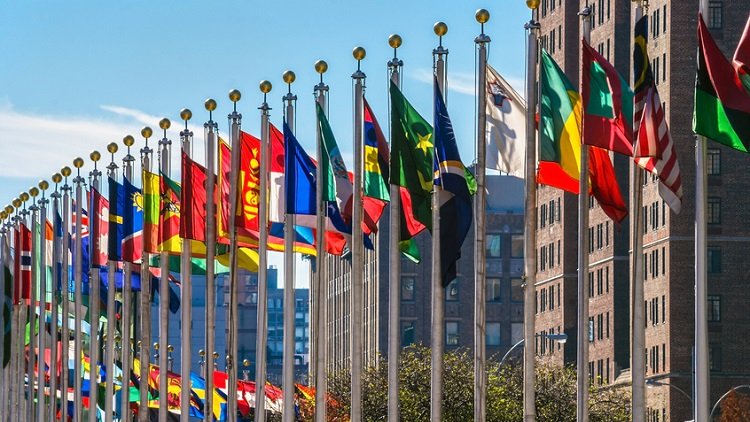
Note: The following article was uploaded as a law assignment for James Cook University – LA1027: Human Rights Law. Originally uploaded in 2018.
INTRODUCTION:
The legal mechanisms available to the international community for the prosecution of human rights (HR) violations such as crimes against humanity are extensive. Taking the form of international courts and ad hoc tribunals established on statutes set up through the approval of the United Nations Security Council (UNSC), these legal mechanisms have been used to hold perpetrators of HR violations accountable. The application of these legal mechanisms in the prosecution of high ranking Serbian personalities for HR violations during the Bosnian war (1992-1995) by the International Criminal Tribunal for the Former Yugoslavia (ICTY) is one such example. Bound legally through established international conventions and monitored through HR treaty-based bodies, United Nations (UN) and member states that make up the international community are obligated to adhere to human rights law in the prevention of HR
abuses.
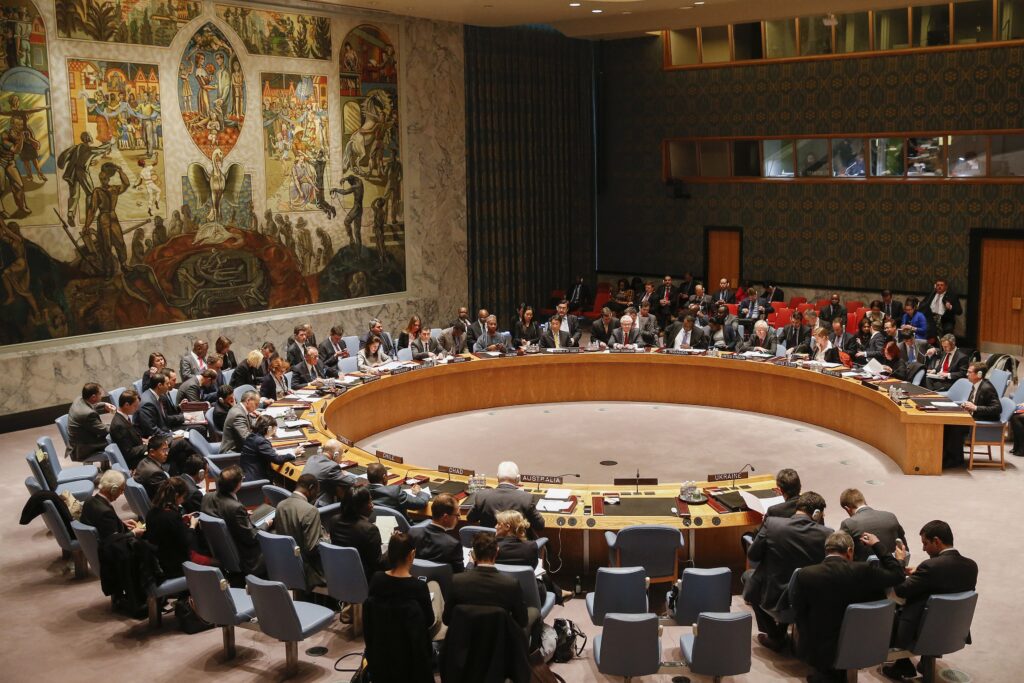
UNITED NATIONS SECURITY COUNCIL:
The international community – including the UN – uses the UNSC to authorise enforcement mechanisms that address HR violations such as crimes against humanity that are committed by state and non-state actors. The UNSC is the principal security body of the UN that has powers under the UN charter to establish subsidiary organs for the maintenance of peace and security (Charter of the United Nations art 29). UNSC responds to matters of international security and passes resolutions that can be binding on member states (Ibid art 49). When nations violate international law conventions – whether in war or peace – and threaten international security, the UNSC acts in accordance with the UN charter and under the deliberation of the council to address those violations (Carrie Booth Walling, ‘Human Rights Norms, State Sovereignty, and Humanitarian Intervention’ (2015) 37(2) Human Rights Quarterly 383, 387). Utilising a variety of mechanisms to deter state actors and mitigate violations, the UNSC authorises these mechanisms to enforce international law (Simon Chesterman, ‘I’ll Take Manhattan’: The International Rule of Law and the United Nations
Security Council’ (2009) 1(1) Hague Journal on the Rule of Law 67, 70). Some of these mechanisms take the form of ad hoc tribunals such as the ICTY.
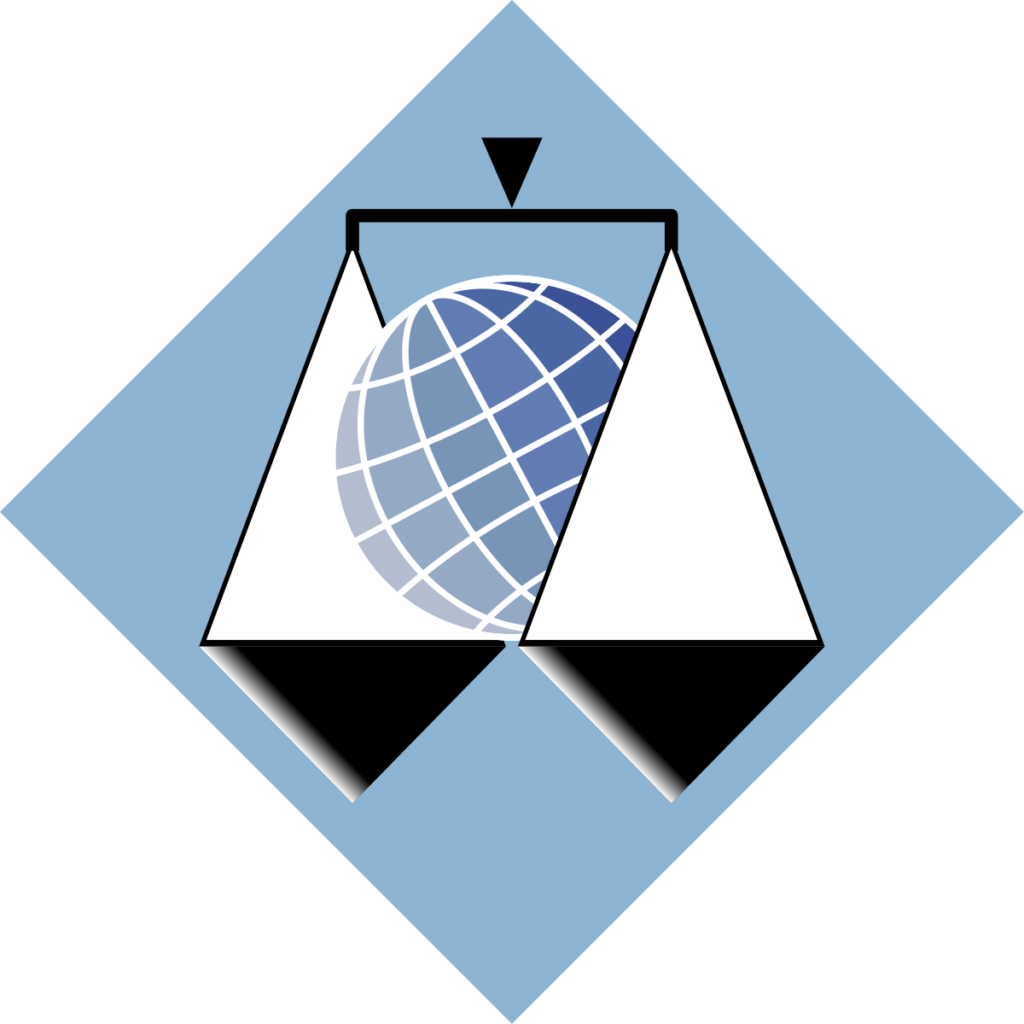
INTERNATIONAL CRIMINAL TRIBUNAL FOR THE FORMER YUGOSLAVIA:
One subsidiary body established by the UNSC in response to gross HR violations was the ICTY. The ICTY was established by the UNSC during the Bosnian war in 1993 under resolution 827 (SC Res 827, UN SCOR, 48th sess, 3217th mtg, UN Doc S/RES/827 (25 May 1993), as a legal mechanism to bring perpetrators of HR violations in the regions consisting of the Former Yugoslavia to trial (Statute of the International Tribunal for the Former Yugoslavia art 1). The former Yugoslavian regions of Bosnia and Herzegovina in the Balkans were embroiled in an ethno-nationalist conflict during the early 1990s resulting in gross HR violations being committed by military forces upon civilian populations (Adam Mcbeth, Justine Nolan and Simon Rice, The International Law Of Human Rights (Oxford University Press, 2nd ed, 2011) 359). One notable HR violation occurred in 1995 with the killing of over 3000 Muslim Bosnians by the Serbian army in the town of Srebrenica (Ibid). The ad hoc tribunal’s statute (including UNSC authorisation) granted the ICTY jurisdiction to bring public as well as military officials of the Former Yugoslavia to trial at the Hague (Statute of the International Tribunal for the Former Yugoslavia art 8 & 9). During the trial of one of these military officials [Radovan Krsitć] in 2004 (Prosecutor v Krsitć (Appeal Judgement) (International Tribunal for the Former Yugoslavia, Appeals Chamber, Case No IT-98-33-A, 19 April 2004) [37]), the ICTY determined that the massacre in Srebrenica was genocide and found the official guilty of crimes against humanity (Ibid). This ICTY judgement was based on the tribunal’s statute that was set up in accordance to international law conventions such as the Convention on the Prevention and Punishment of the Crime of Genocide (Genocide Convention) (Convention on the Prevention and Punishment of the Crime of Genocide, opened for signature 9 December 1948, 78 UNTS 277 (entered into force 12 January 1951) art 2). Throughout the 1990s-2010s, more than ninety individuals connected to atrocities in the former Yugoslavia have been convicted by the ICTY and sentenced to imprisonment for long periods of time (United Nations International Tribunal for the Former Yugoslavia, History, < http://www.icty.org/sid/95>). The ICTY is no longer in existence as of December 2017 but the decisions of the tribunal are still used by intergovernmental judicial bodies like the European Court of Justice and International Criminal Court (Ibid). The ad hoc tribunal of the ICTY provides just one example of a legal mechanism available to the international community that has set a precedent for the prosecution of HR violators.
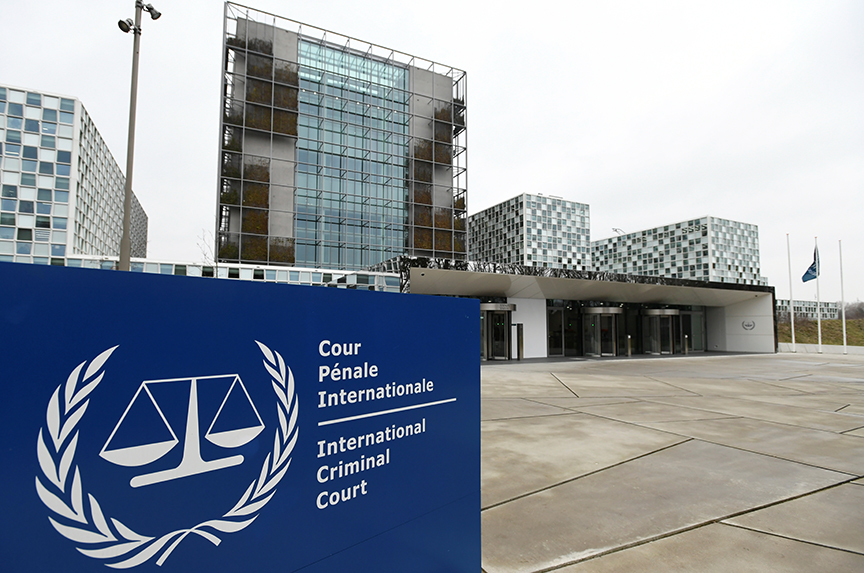
THE INTERNATIONAL CRIMINAL COURT:
The International Criminal Court (ICC) was established five years after the creation of the ICTY as a permanent international tribunal for the prosecution of individuals for war crimes, crimes against humanity, crimes of aggression and genocide (Rome Statute of the International Criminal Court, opened for signature 17 July 1998, 2187 UNTS
90 (entered into force 1 July 2002) art 5(1). Founded on the Rome Statute of the International Criminal Court (Rome Statute) created by the UN General Assembly in 1998, the ICC is an intergovernmental legal mechanism that transitioned the legal strategy of concurrence and primacy found in the ad hoc tribunal systems to one of concurrence and complementarity (Hassan B Jallow, ‘International criminal justice: reflections on the past and the future’, (2010) 36(2) Commonwealth Law Bulletin 269, 277). Aiming to set a permanent entity for the conviction of international law violators, the UN and member states of the international community use the ICC as a court of last resort when a nation’s internal legal system is not functionable or hostile to international law (Ibid). The ICC works with the UNSC and other organs of the UN to bring individuals to justice. The ICC is currently still in existence as of July, 2018.
CONCLUSION:
The legal mechanisms utilised by the international community for the prosecution of human rights violations are wide-ranging. Ad hoc tribunals and international courts established on United Nations Security Council authorisation are the primarily international form of legal defence to human rights existing. As highlighted in the organisation of the International Criminal Tribunal for the Former Yugoslavia and International Criminal Court in pursuing prosecution of individuals for crimes against humanity, there are international judicial mechanisms available to the international community to persuade individuals and states to adhere to human rights.
Word Count: 850 words
Written by Anthony Avice Du Buisson (07/09/2021)

![The American-Australian alliance: ANZUS role in Australian History [JCU Essay]](https://philosophyismagic.com/wp-content/uploads/2022/05/Australia-US-Talisman-Saber-Exercises-Soldier-June-28-2017-700x465.webp)
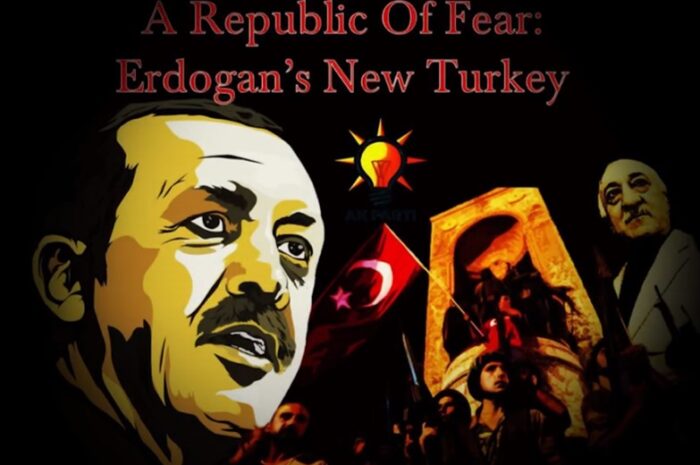
![Trouble in the South Pacific: The case of the Solomon Islands [JCU Essay]](https://philosophyismagic.com/wp-content/uploads/2021/09/RAMSI-1-700x465.jpg)
